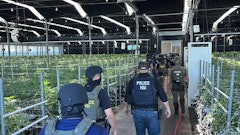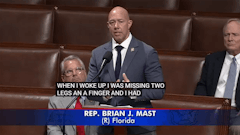
Following an audit of its licensing process and after receiving feedback from stakeholders and the local community, the Los Angeles Department of Cannabis Regulation (DCR) has put together recommendations to amend the licensing process, according to a report it sent to Los Angeles City Council on April 10.
Some applicants accessed an online system early, according to the audit, but regulators made sure they didn’t have an unfair advantage, according to the Los Angeles Times.
“Although the Department agrees that its normalization process was reasonable, it acknowledges that the process and the policy itself can and should be improved in a number of substantive ways,” according to the report.
One of the recommendations involves DCR amending the definition of “‘Equity Share’ based on best practices and input from Social Equity Program stakeholders.”
DCR also recommended that council draft an ordinance to amend the Los Angeles Municipal Code (LAMC) to includes the following changes, among others:
- Issuance of temporary approval to Phase 3 Retail Round 1 Applicants, so long as they submit an Equity Plan, show documents to prove they meet the to-be-determined new definition of “Equity Share,” that they and their partners clear “a background check through Live Scan” and more.
- Allowance of social equity applicants who weren’t “eligible for further processing” after submitting an “application during the 14-day Phase 3 Retail Round 1 Application Window” to receive priority processing if they choose to apply to open certain types of cannabis businesses, including those that distribute or deliver cannabis, or conduct “non-volatile manufacturing.”
- Establishment of new eligibility criteria for Phase 3 Retail Round 2 of the Social Equity Program and “all future Social Equity Program application processing.”
- A new definition for “low income” would be based on income limits from the U.S. Department of Housing and Urban Development (HUD) that uses Los Angeles County data on Area Median Income (AMI) and “household size and assets.”
- A new definition for “Disproportionately Impacted Area” would be based on police reporting districts instead of zip codes.
- A new definition for “Social Equity Individual Applicant” would require an applicant to meet two criteria out of three: having “low income,” residing for 10 years in a “Disproportionately Impacted Area” or having been arrested or convicted of certain cannabis crimes in California.
Click here for the full report and here to submit a public comment.

























